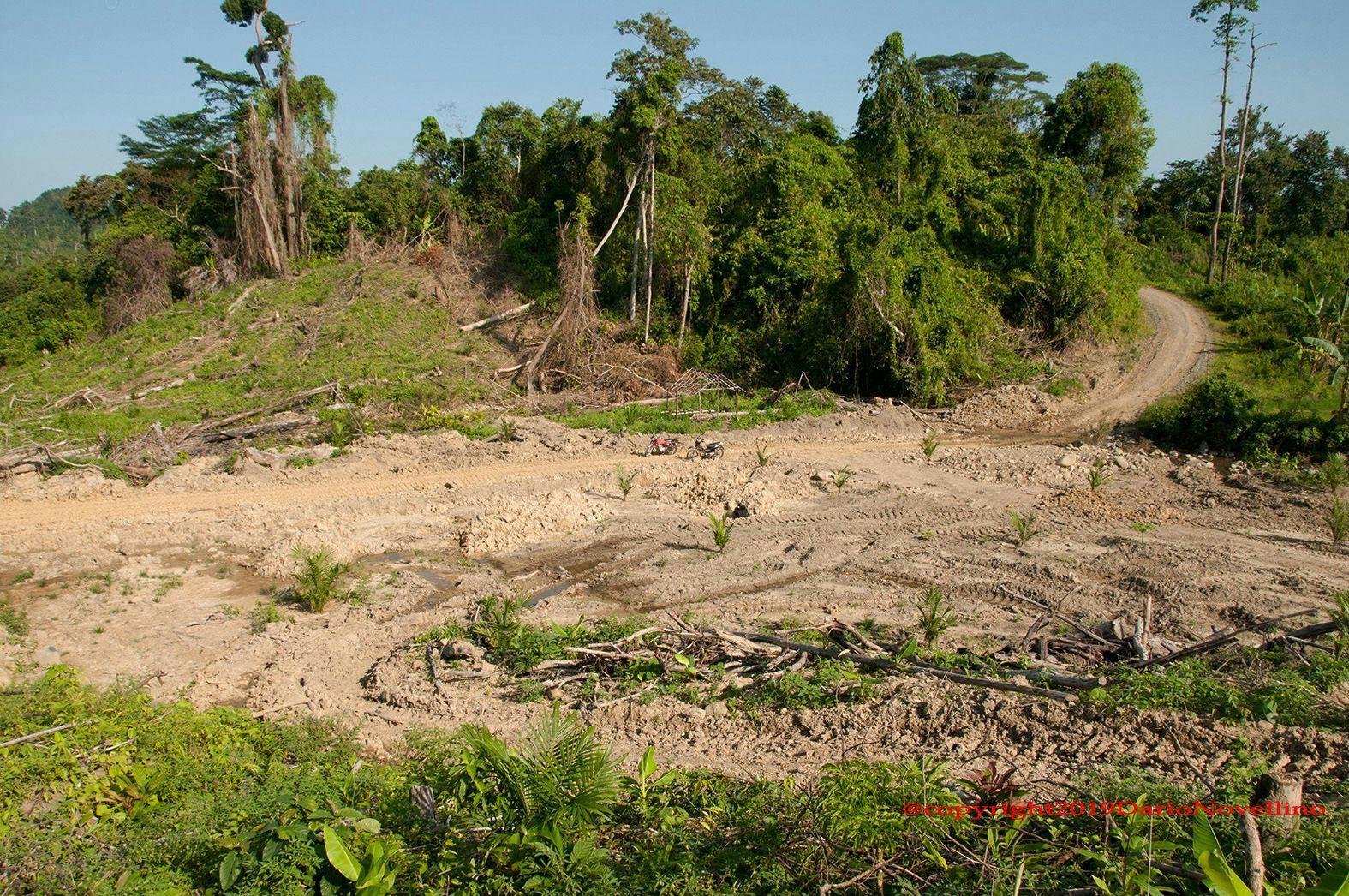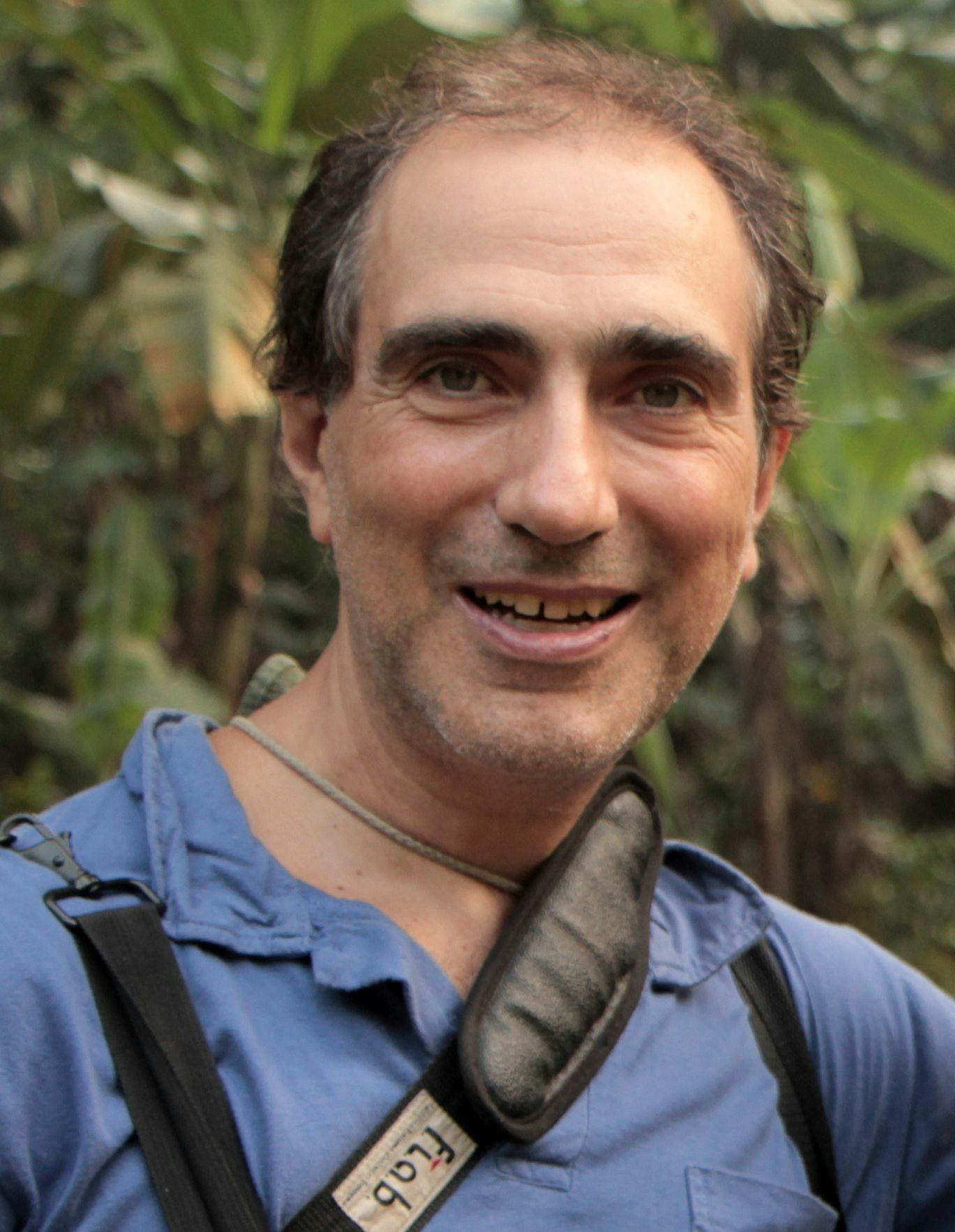In this article, I wish to provide a general overview of Pälawan perceptions of plants, introducing Pälawan notions of ginawa (the vital breath) and kuruduwa (the intangible component of 'the self' and the 'life force'), which are key elements for understanding people's relationships between humans, plants and other living entities.
Palawan
Palawan is the fifth largest island in the Philippines and has the highest percentage of forest cover in the archipelago. Its indigenous inhabitants belong to three main ethnic groups: Batak, Tagbanuwa and Pälawan. The latter perceive themselves as divided into two major groupings: the Pälawan of the uplands (Pälawan ät bukid or Pälawan ät daja), and the Pälawan of the lowlands (Pälawan ät napan) (Novellino 2002, cf. Revel 1990). They have a heterogeneous mode of food procurement, mainly centred on shifting cultivation (sometimes referred to as slash-and-burn agriculture) integrated with hunting, gathering and commercial collection of non-timber forest products.
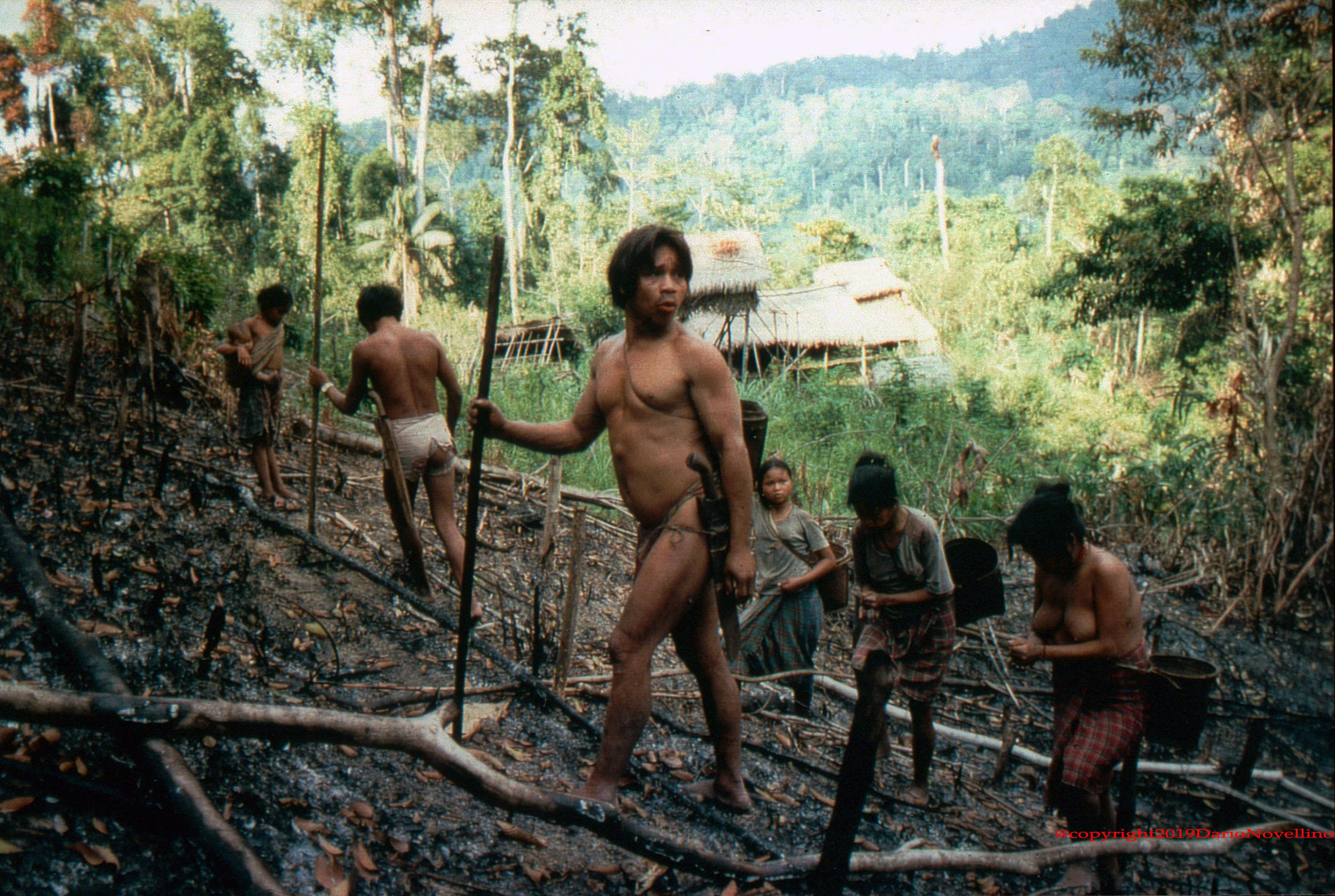
Pälawan notions of kuruduwa and ginawa
Shamans, elders and knowledgeable community members have detailed opinions on the most profound aspects of Pälawan epistemology, such as those dealing with 'intangible' components and the 'consciousness' of plants. These Pälawan believe that plants possess certain attributes that are shared also by animals and humans. Trees, like all living beings, are said to possess the ginawa (the vital breath), while animals, humans and rice (because of its human origin) possess not only the ginawa but also the kuruduwa (the 'life force', or the source of intentionality, agency and a point of view). The qualities that kuruduwa confers vary qualitatively between humans and animals_._ (Novellino 2003, cf. Macdonald 1988).
A Pälawan legend attributes the origin of rice and cultivated plants to a human sacrifice (cf. Revel 1990). Each year, before planting rice, the people practice a number of ceremonies to call back the kuruduwa ('life force') of the child who was killed by his father in legendary times. Germination of rice seeds and the health of crops is said to depend on the action of the 'child's life force'.
According to the Pälawan, humans possess multiple kuruduwa. The most important kuruduwa, referred to here as 'life force', is believed to enter and fill the body through the whorl of the hair in the region of the fontanelle. Only this kuruduwa at the crown of the head,known as kuruduwa it arimpuru, is associated with näkam, which is the quality of consciousness, discernment and judgement. When the kuruduwa of the head is separated from the body, it retains the 'character' and 'quality' of the person (that is, the 'personhood'). The kuruduwa of the headis also the focal point of illness aetiology and curative treatments (MacDonald 1988, Novellino 1999a, 1999b, Revel 1990).
The notion that all living beings have an intangible essence has important repercussions for the way in which people relate to animals and plants. Some Pälawan, such as Utän from Bäqäg village, believe that plants have both ginawa and nakäm. Plants, like other living beings, are said to have sädar, or physical sensitivity, which was defined by Pansiq, an elder from Sagiq, as "the feeling of the body" (mäkärasa it bilug). Other Pälawan claim that when forest clearing takes place, people should ensure that the ginawa of all plants separates spontaneously, before plants are slashed and the area converted into a swidden plot.
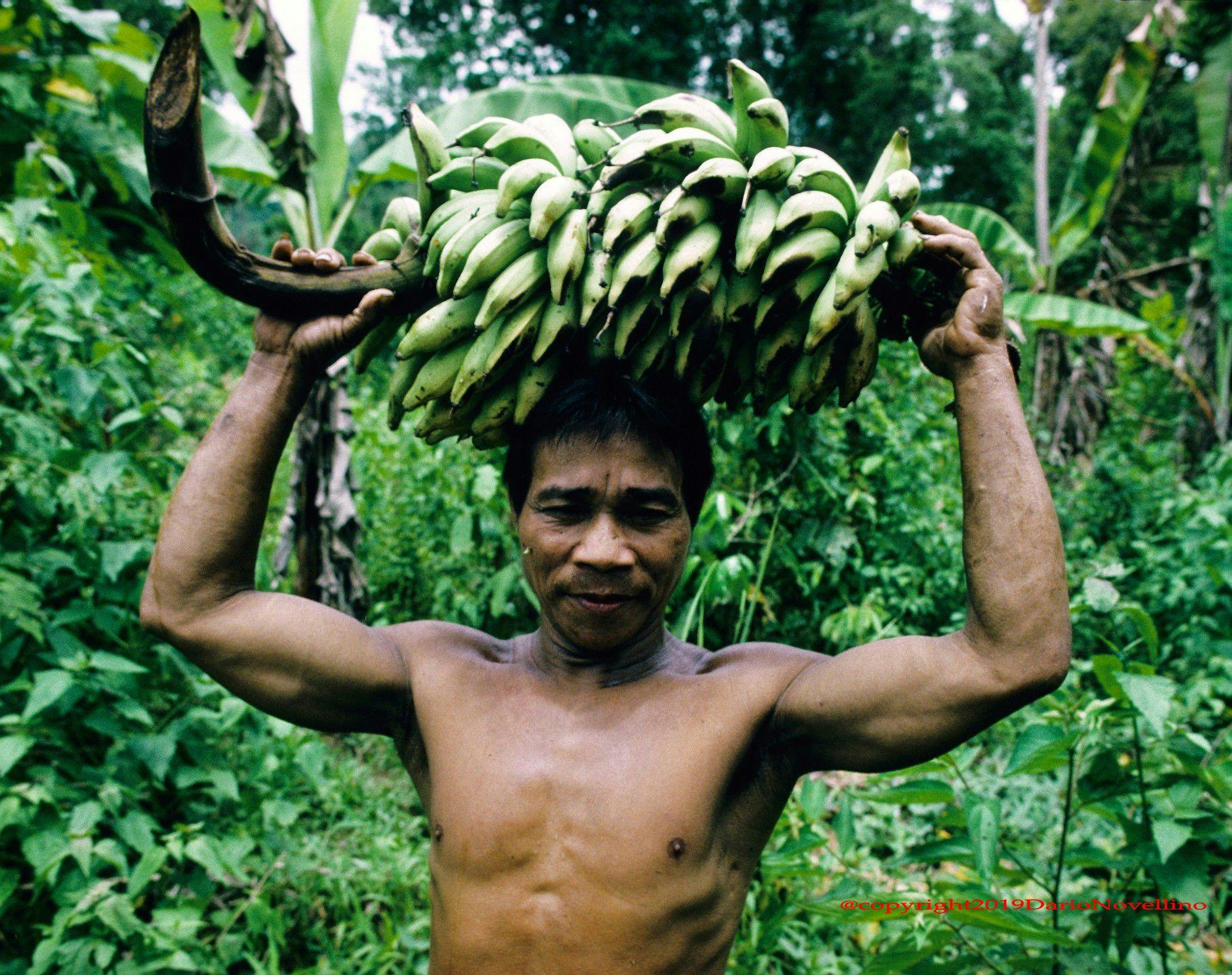
Plants' 'social norms' and 'transformation'
In Pälawan culture certain societal norms, such as the prohibition of addressing elders by their proper names, are extended to trees as well. When trees are flowering, they should not be called by their local names, but by a substitute name. It is believed that breaching this norm will prevent the bees from 'getting the pollen' (mäprian) from flowers. For instance, the natuq tree (Payena sp.) should be referred to by the substitute name of bäbäqälän, and the kälasa tree (Dipterocarpus grandiflorus) should be called kärurungän, the dipanga (Pometia pinnata) should be called kärän kärän; gamang and pagibutän are the substitute terms for rimäräw and ginuqu (Koompassia excelsa), respectively (Novellino 2002).
The capacity of plants to transform into something else is clearly expressed in Pälawan worldviews. For example, lapisan (Dioscorea alata) is believed to transform itself, after seven years of growth, into a different species of Dioscorea, known as apari. Similarly, the fallen leaves of ulam (Barringtonia racemosa), and of other trees called tabangaw, karumpi and padipadi, are believed to generate different species of insects, such as the praying mantis (kumäsamba), the stick insect (ranggas ranggas) and the leaf-insect (kumäsamba ät bungsikag). The leaves of tabangaw can transform themselves into caterpillars, dangaw dangaw (Novellino 1999a).
Skin irritations and allergies contracted by direct contact with the pollen or exudates of certain plants, especially those of bulnuq (Mangifera caesia), gängas (Semecarpus gigantifolia) and pahuq (Anacardiaceae) are attributed to the agency of trees. For instance, according to another informant, Surinj, the bulnuq tree can be attracted by the 'sweetness' of human blood, but it dislikes those who are said to possess a 'sour blood' (dugu mäpäit).
"Socialising the environment": from forest to swidden
The conversion of forest (talun) into swiddens (uma) through slash-and-burn technology is certainly the most radical form of environmental modification of which the Pälawan are capable. The forest is believed to be the domain of a large number of demons, such as säjtan and länggam, the caretakers of poisonous and 'biting' animals (rämu-rämu)(Novellino 1999b).
Before clearing a forest plot, the Pälawan consult and appease various entities, and interpret omens in dreams. Certain signs are placed in the area chosen for the swidden, to determine whether the 'entities' inhabiting that particular portion of the forest are willing to vacate it. One such sign comprises a wooden stick (patuduq) inserted into the ground and broken at one end. The patuduq is inspected regularly, over a few days, for favourable or negative indications. For example, the base of the stick being eaten by white ants is interpreted as an indication that länggam are not willing to vacate the area, and that the forest should not be felled.
Even after 'permission' for slashing the forest has been granted by the länggam, there are still a number of precautions that the people should take before slashing the underbrush vegetation. An old Pälawan from Sagiq village told me that, before clearing the vegetation, all plants and small animals occupying the area should be informed in advance about people's intentions. For instance, trees should be rubbed in an upward direction, and addressed with words conveying the following meaning, "I am going to separate your breath (ginawa) now, I will cause your blood (sap_) to go out. I take you to keep myself alive, I am going to plant my crops here"_. After pronouncing such words, the man should beat the tree trunk seven times, and only on the eighth time should he strike the tree with an axe. This is done to allow sufficient time for the ginawa of the tree to separate itself from the physical body of the tree itself. Some informants claim that when this action is carried out for one tree, the ginawa of the surrounding plants will also transfer elsewhere. Most of my informants agree that the ginawa of the felled trees will move into the 'body' of very old trees such as ginuq (Koompassia excelsa) and nänäk (Moraceae), which are said to be 'firm' (mäqägät) and 'indestructible' (käräj kärumbakan).
Ideally, before cutting or harvesting a plant, one should make sure that the plants are aware of the imminent danger. This concept was clearly expressed by Pansikiq, who claimed, "If you cut a sugar cane in the night, it is not aware because it sleeps", and added, "when you take (harvest) its mother (a mature sugar cane), its ginawa will move to its children (younger specimens)". In other words, the 'breath' of a harvested plant, after separating from its body, will occupy that of surrounding plants of the same species. My discussions with the Pälawan suggest that the transfer of the ginawa from one plant to another requires that the proposed harvest area contains more than one plant of the chosen species.
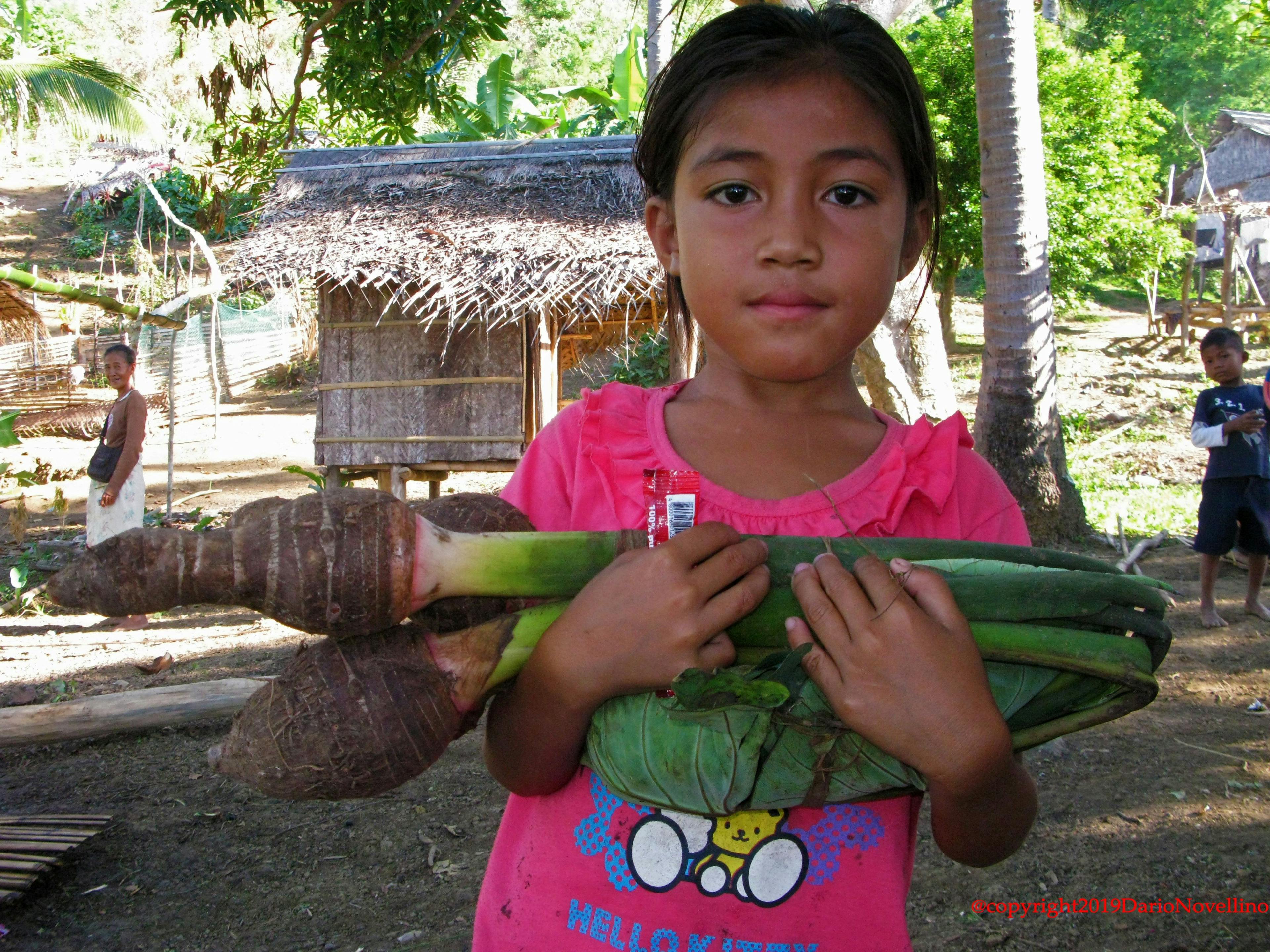
Some remarks
Pälawan perception of plants transcends the recalcitrant dichotomies of nature-culture, self-other and mind-body. For the Pälawan, neither man nor environment is dominant, but rather the ecological and socio-economic aspects of life are totally intertwined and perceived by the people as indivisible parts of the same domain. It follows that planting fields and dealing successfully with the environment implies human ability to communicate and build relationships with non-human agents, thus enhancing the 'behavioural disposition' of the latter towards humans. Such relationships are perceived as the prerequisite for defining the rights and obligations of both human and non-human entities over contiguous and overlapping territories, thus allowing the physical transformation of the environment, for example from forest to swidden.
As Pälawan ethnography shows, in order for the transfer of the ginawa (the 'vital breath') to occur,there must be several plants of that species in the same swidden. It follows that if only one specimen of a certain crop is available, it should not be harvested. It might be possible that this belief has further contributed to the conservation of genetic diversity of cultivated plants among the Pälawan. My field findings indicate that Pälawan name at least 20 varieties of Colocasia esculenta, 20 of Ipomoea batatas, 16 of Dioscorea alata, 15 of Manihot esculenta, five of Zea mays, and more than 70 varieties of Oryza sativa.
The Philippine Government should take all possible steps, not only to safeguard such diversity, but also the conditions under which indigenous people, such as the Pälawan, have been able to express and transmit their wisdom to future generations. Regrettably, in Palawan, as elsewhere in the country, the 'demonization' of swidden cultivation, mining extraction and the indiscriminate expansion of oil palm plantations, are all leading to irreversible genetic erosion of landraces, as well as to the disintegration of indigenous identity and worldviews. While current debates on climate change and species conservation are still trapped in technocratic solutions and western categories of 'cause and effect', Pälawan eco-cosmologies offer us a novel approach, one that goes beyond the relation between 'human actions' and 'ecological consequences', entailing -- instead - the existence of non-hierarchical relationships between interdependent, multispecies and non-human subjectivities, all mutually engaged with each other, and thus playing a vital role in the maintenance of socio-ecological balance.
References
- Macdonald, C.J.H. 1988. L'éloignement du ciel. Invention et mémoire des mythes chez les Palawan du sud des Philippines. Paris, Editions de la Maison des Sciences de l'Homme.
- Novellino, D. 1999a. 'An account of agency in some Pälawan attitudes toward illness and healing practices'. In A. Guerci, editor, Meetings Between Medicines. Genova, Erga Edizioni.
- Novellino, D. 1999b. Towards an Understanding of Pälaqwan Rock Drawings: Between Visual and Verbal Expression. Rock Art Research 16,1:3-24.
- Novellino, D. 2002. The Relevance of Myths and Worldviews in Pälawan Classification, Perceptions and Management of Honey Bees, in Stepp, J.R., F.S. Wyndham and R.K. Zarger (eds.) Ethnobiology and Biocultural Diversity: Proceedings of the 7th International Congress of Ethnobiology. University of Georgia Press. 717 pp.
- Novellino, D. 2003. 'Contrasting landscapes, conflicting ontologies'. Assessing environmental conservation on Palawan Island (the Philippines), in D. Anderson & E. Berglung (eds), 'Ethnographies of Conservation: Environmentalism and the Distribution of Priviledge', London: Berghahn.
- Revel, N. 1990. Fleurs de paroles histoire naturelle Palawan (Vol. I, II, III). Paris, Editions Peeters.
